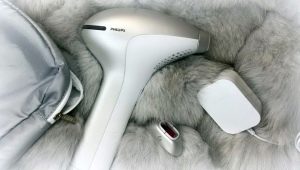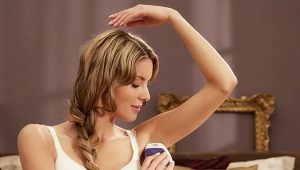"Lidocaine" for hair removal
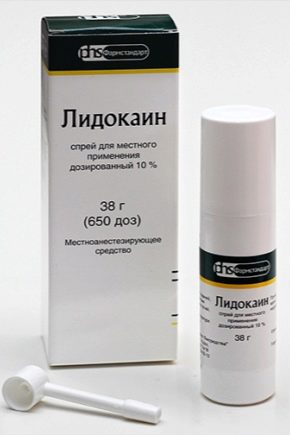
Epilation is a hair removal process that destroys the hair follicle. After it, the hair grows softer and thinner. It takes time for a new follicle to form, so the hairline grows over a longer period. There is also the concept of "depilation" - this is the name of the process in which only the hair shaft is removed, and the bulb remains intact. But the effect of it is enough for a very short time.
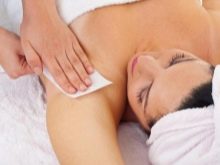


If depilation does not cause any discomfort, then epilation is a rather painful procedure and requires the use of painkillers.
The hair follicle is located in the thickness of the skin. At its bottom is the hair papilla, through which blood vessels and nerves approach the bulb. When healthy hair is subjected to hair removal, or simply put, pulling out, the nerve is irritated. Because of this, pain occurs. To reduce their intensity, anesthetics or painkillers are used. The most common are preparations based on lidocaine.
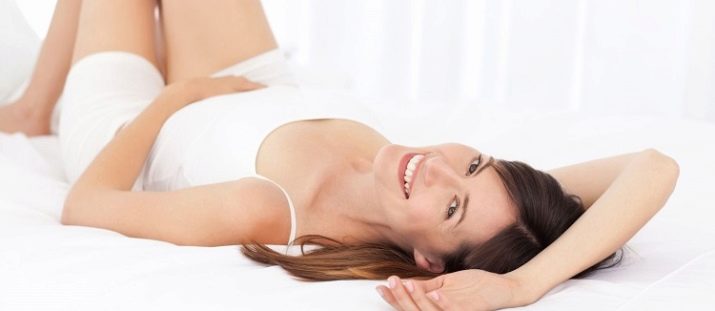
Release forms
Lidocaine is a local anesthetic that blocks the conduction of nerve impulses, including pain.
Its main forms of release:
- Spray. Most often it is a 10% solution.If you cannot find a ready-made product in a pharmacy, take ampoules with a solution and place them in any container with a sprayer. The spray is quite easy to use, its action lasts for 2 hours. Of the additional components, it includes peppermint oil, propylene glycol, ethanol. It is not recommended to use it to remove facial hair: sprayed particles can get into the eyes or into the respiratory tract.
- Ampoules. A solution from ampoules is used for parenteral administration of the drug intramuscularly or subcutaneously. A 2% solution of lidocaine hydrochloride is used. The main advantage of this form is the speed of exposure due to the method of administration. It starts working in 15 minutes. In addition, its effectiveness is more pronounced. Thanks to this, lidocaine injections can be used in particularly sensitive areas, such as the bikini area.
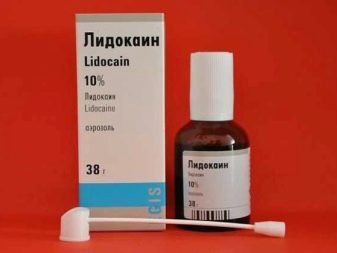
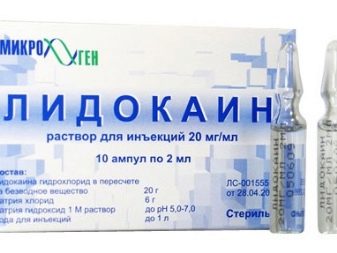
- Cream. Due to its oily base, it is more convenient to use due to the fact that it does not spread on the skin. It also contains excipients. There are creams only with lidocaine, as well as in combination with other anesthetics. The most famous are Emla 5%, Doctor Namb.
- Patch. Quite convenient to use, but its small size allows it to be used on small areas of the body.
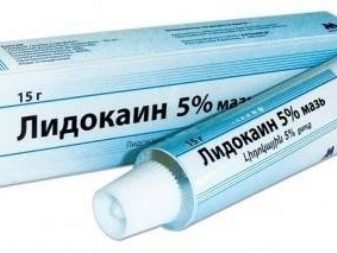
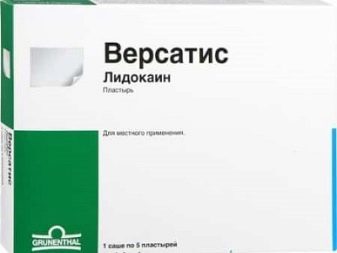
Instruction
The method of application of the drug depends on its form of release.
Products for external use - cream and spray:
- the spray is sprayed onto clean, dry skin in a dense layer without gaps; the cream is also applied in a fairly thick layer;
- an occlusive dressing is applied on top. It is designed to ensure that the drug does not dry out in the air ahead of time, and it also contributes to a deeper penetration of its components.As such a bandage, it is best to use cling film. It is quite tight to the skin and does not move. You can also use a ready-made overlay, which is sold in a pharmacy. Leave the bandage on for 1-2 hours.

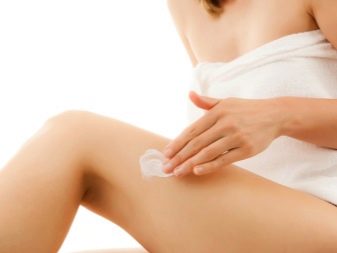
- the time depends on how deep the anesthesia should be. It should be noted that this method is often used in salons. But in order not to sit there for 2 hours idle, an anesthetic is applied at home and they come to the beauty parlor with a bandage;
- after the time has elapsed, the film is removed, the remnants of the drug are removed, the skin is wiped with an antiseptic without alcohol.
When using a patch, the aluminum film is removed from it and glued to the epilation site. A maximum of 3 records can be used at the same time. The patch is left for 1-2 hours, then carefully removed. Basically, it is used on small areas of the body - armpits, face.
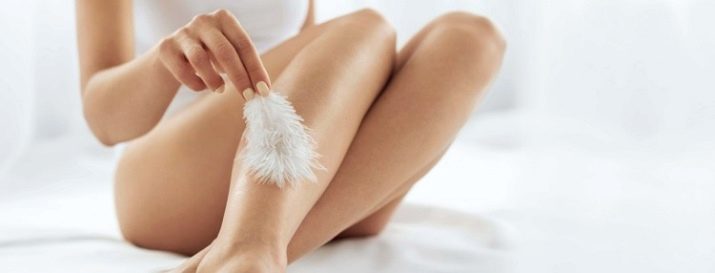
Subcutaneous injections with a 2% lidocaine solution are made with an insulin syringe. The depth of drug injection is 1-2 mm. At the same time, you can enter no more than 0.3 ml of the solution. A slight seal should form. The place of epilation is chipped in a checkerboard pattern at a distance of 3 cm. After administration of the drug, a burning sensation may occur. This is fine. Small hematomas may also form as a result of trauma to small vessels. For one session, the use of 1 ampoule of lidocaine is allowed.
This type of anesthesia is used only in salons. It must be carried out by a person with a medical background. Do not risk using this method at home, as the likelihood of complications is high.



Indications for use
Anesthetics based on lidocaine are used for those types of hair removal that are accompanied by severe pain:
- electrolysis - carried out using a current discharge;
- shugaring - use a thick sugar mixture;
- waxing;
- laser epilation.


Particular attention should be paid to the bikini area. This area is very tender and sensitive, so the pain in it during hair removal is especially pronounced. The use of anesthetics in the form of sprays, creams and even injections is a must for this area.
There is no need to use anesthetics for depilation, since it does not cause any discomfort.


Contraindications
Anesthesia with lidocaine should not be performed if the following conditions occur:
- allergic manifestations in the past to this drug. If you are using lidocaine for the first time, be sure to do an allergy test. Apply a small amount of the drug to the elbow, check the reaction. The absence of redness, itching suggests that there is no allergy;
- migraine;
- diseases of the liver and kidneys;

- diseases of the cardiovascular system;
- funds for external use are not allowed to be used for violations of the integrity of the skin, dermatitis;
- children under the age of twelve;
- pregnancy: when conducting experiments on animals, it was proved that lidocaine is able to penetrate the hematoplacental barrier, but does not cause much harm to the fetus. Its use in pregnant women is accepted only if the need for treatment outweighs the perceived risks to the fetus;
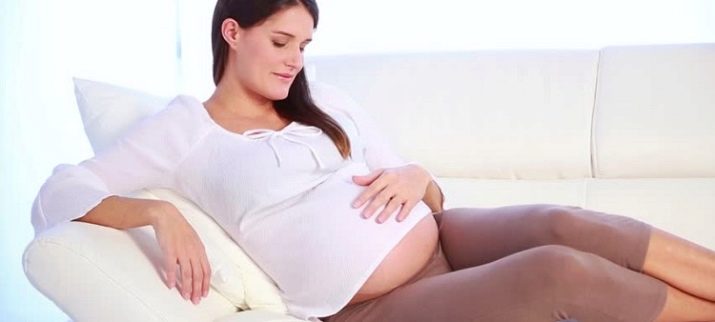
Refrain from further use of the drug in case of:
- nausea, vomiting;
- allergies - from rhinitis to anaphylactic shock;
- shortness of breath;
- chills, dizziness, a sharp decrease in blood pressure;
- weakness, drowsiness;
- pain, redness, burning in the area of injection or application of the drug.
Before using an anesthetic, be sure to read the instructions.

Advantages and disadvantages
The main advantage of using lidocaine is the blocking of pain. In addition, anesthesia lasts quite a long time, about 2 hours. This tool helps to reduce the feeling of discomfort even with the most painful manipulations. Thanks to various forms of release, they can anesthetize the skin in different areas. For the bikini area, a cream, spray or injection is suitable, for the face and armpits - a patch, for the legs you can also use a cream or spray.
Simple methods of application of funds allow you to use them at home. In addition, these drugs are affordable.
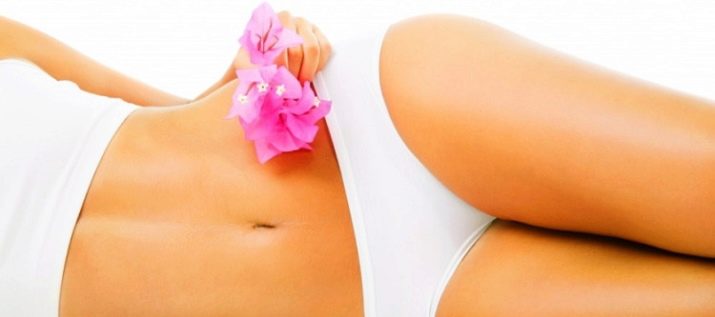
Among the shortcomings are:
- a wide list of contraindications;
- inability to use funds during pregnancy;
- quite often lidocaine causes allergic reactions. Moreover, both in mild form - urticaria, rhinitis, conjunctivitis, and in severe form - Quincke's edema, anaphylactic shock;
- For external agents to work, a lot of time must pass.

Helpful Hints
In order for the anesthetic to fully show all its qualities, follow these recommendations when conducting hair removal:
- before the procedure, steam well the area where you are going to remove the hair. This will open the pores and make it easier for the follicle to come out;
- use a scrub. It exfoliates dead epithelium, and this contributes to better absorption of the anesthetic;
- before epilation, the skin should be well dried;
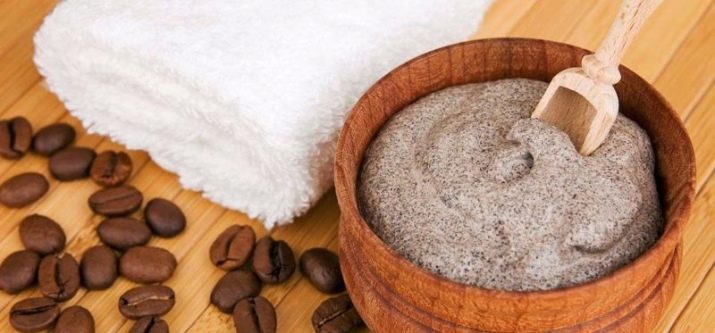
- This procedure is not recommended during menstruation. Pain sensitivity these days is especially increased.The week after the last day of menstruation is best suited for this;
- try stretching the skin during manipulation. It will also reduce pain;
- choose the right time of day. The evening is best for hair removal so that the skin can calm down overnight;
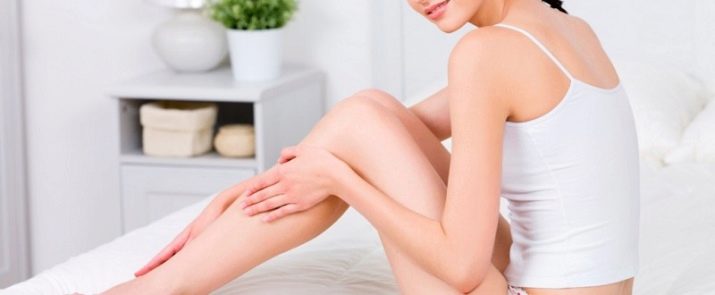
- well massage the place of epilation;
- before hair removal is not recommended to use cold. He spasms the muscles, the pain from this will only intensify. But after the procedure, ice should be applied. This will take away the irritation;
- alcohol-containing antiseptics should also be used after the manipulation to disinfect the treated skin surface. Before the procedure, this should not be done, alcohol will thicken the skin and increase pain.
Don't neglect these tips. The combination of medications and physiological methods will minimize pain and make the epilation procedure soft and comfortable.

Reviews
Given user feedback, it is clear that lidocaine is the most commonly used anesthetic. Spray based on this drug is especially popular. Most often it is used for epilation of the legs, especially above the ankles, and for the armpits. He does not completely remove the pain, there is a slight tingling sensation, but it is quite tolerable and does not cause discomfort.
Professionals have this opinion on this matter: lidocaine penetrates well through the mucous membrane, but not through the skin. Therefore, any analgesic effect after it during epilation is just self-hypnosis.

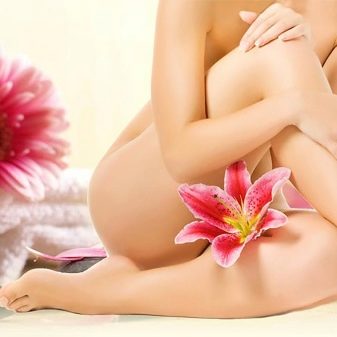
For the bikini area, lidocaine injections are most often used. Cream or spray formulations do not adequately numb this sensitive area. But experts do not recommend to get involved in this method. With frequent use, there is a possibility even of cardiac arrest.Lidocaine-based spray has also been known to cause burns. Be careful, listen to your body. In case of discomfort, remove the product and do not use in the future.
Do not forget that lidocaine is still a drug that has its own indications and contraindications. Therefore, approach seriously the choice of funds based on it. Read the instructions carefully, take into account all the features of your body. And then smooth and beautiful skin without pain is guaranteed to you.
Watch videos on the topic.






















